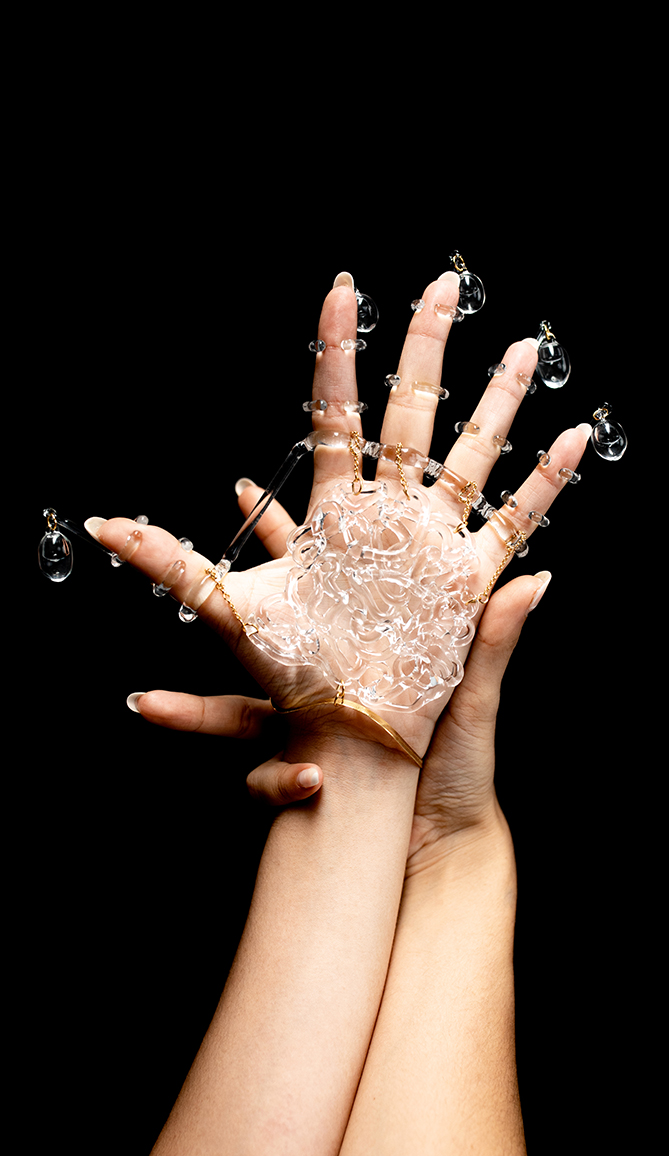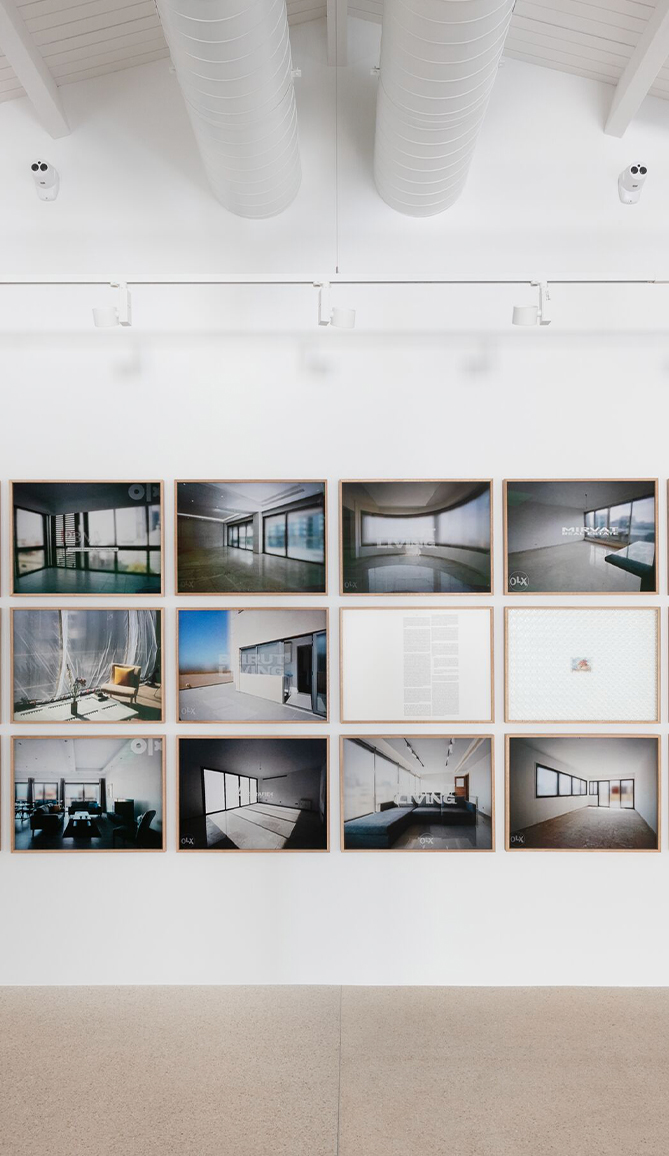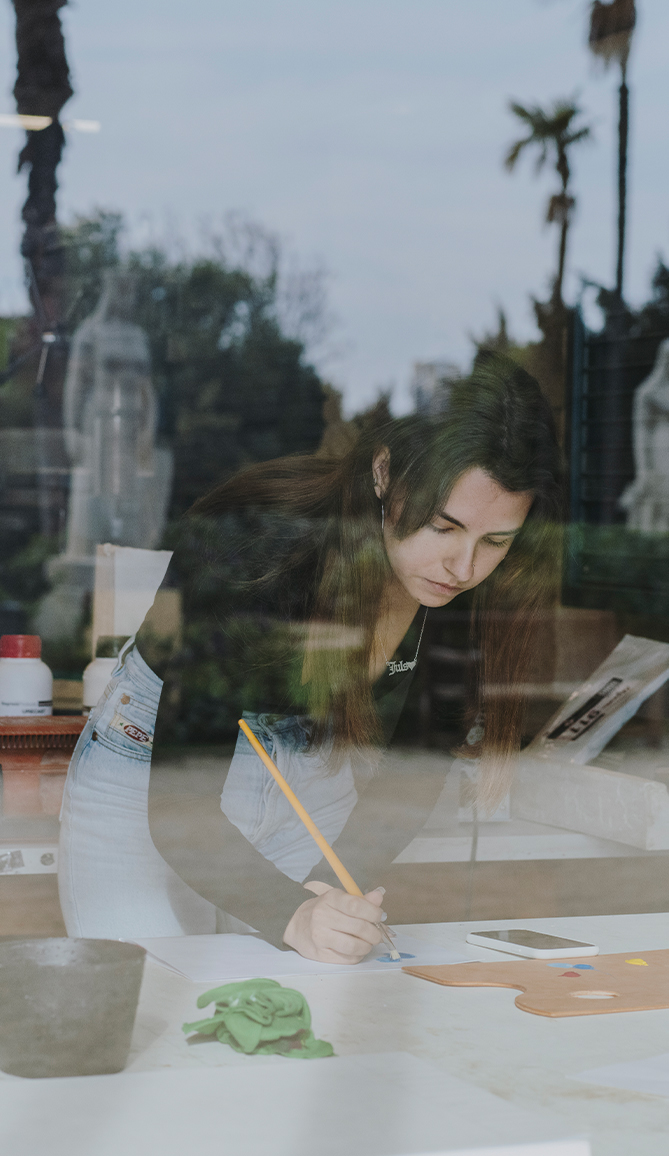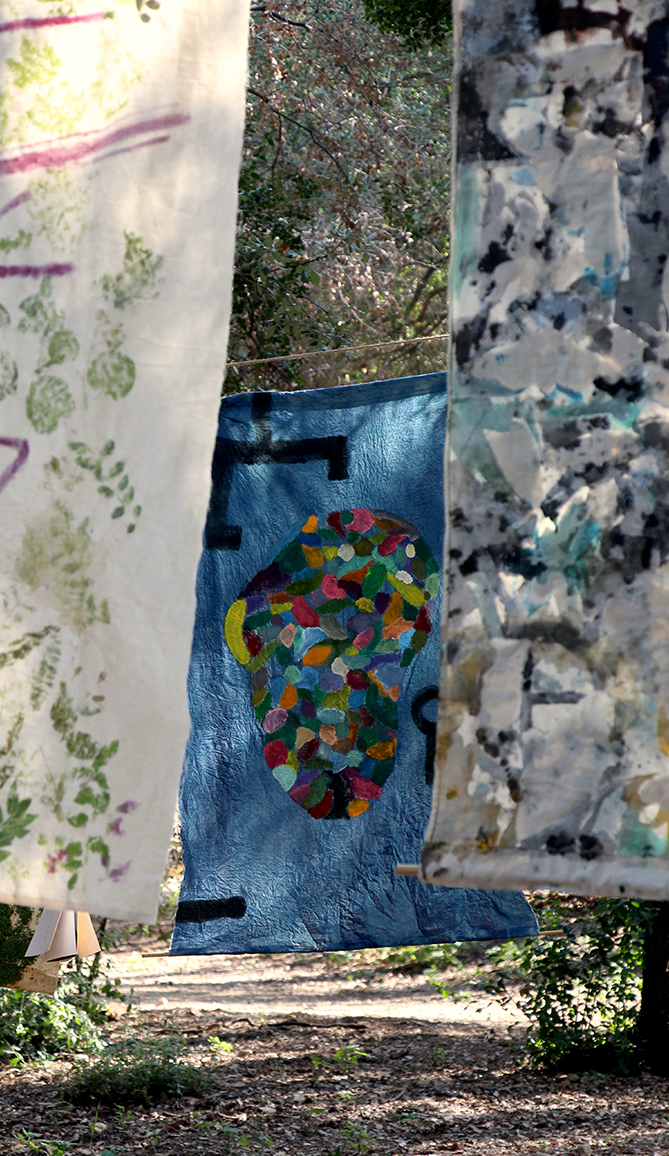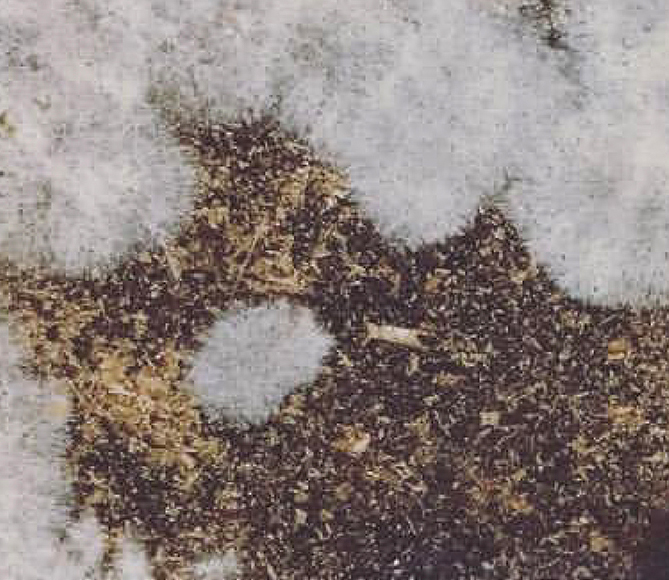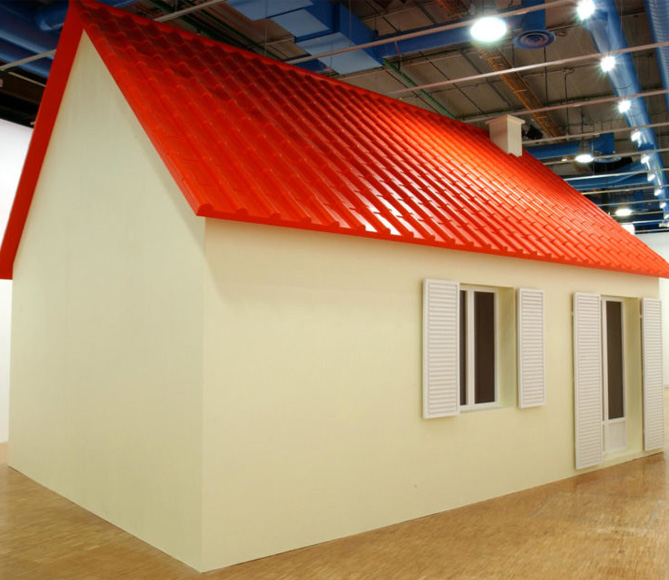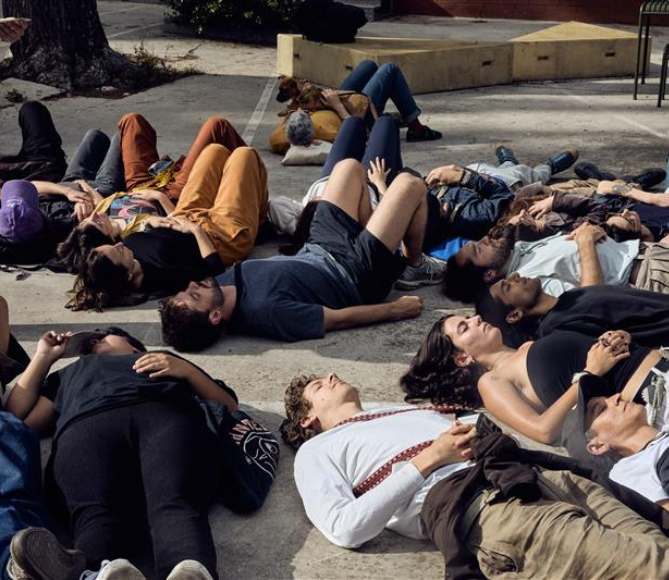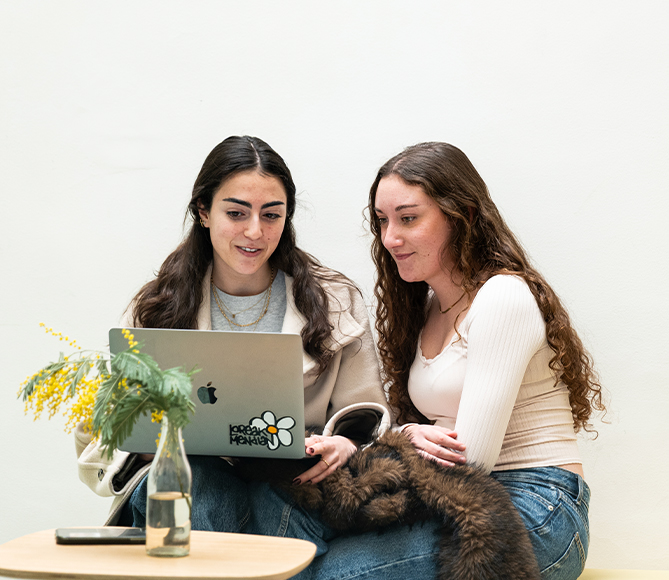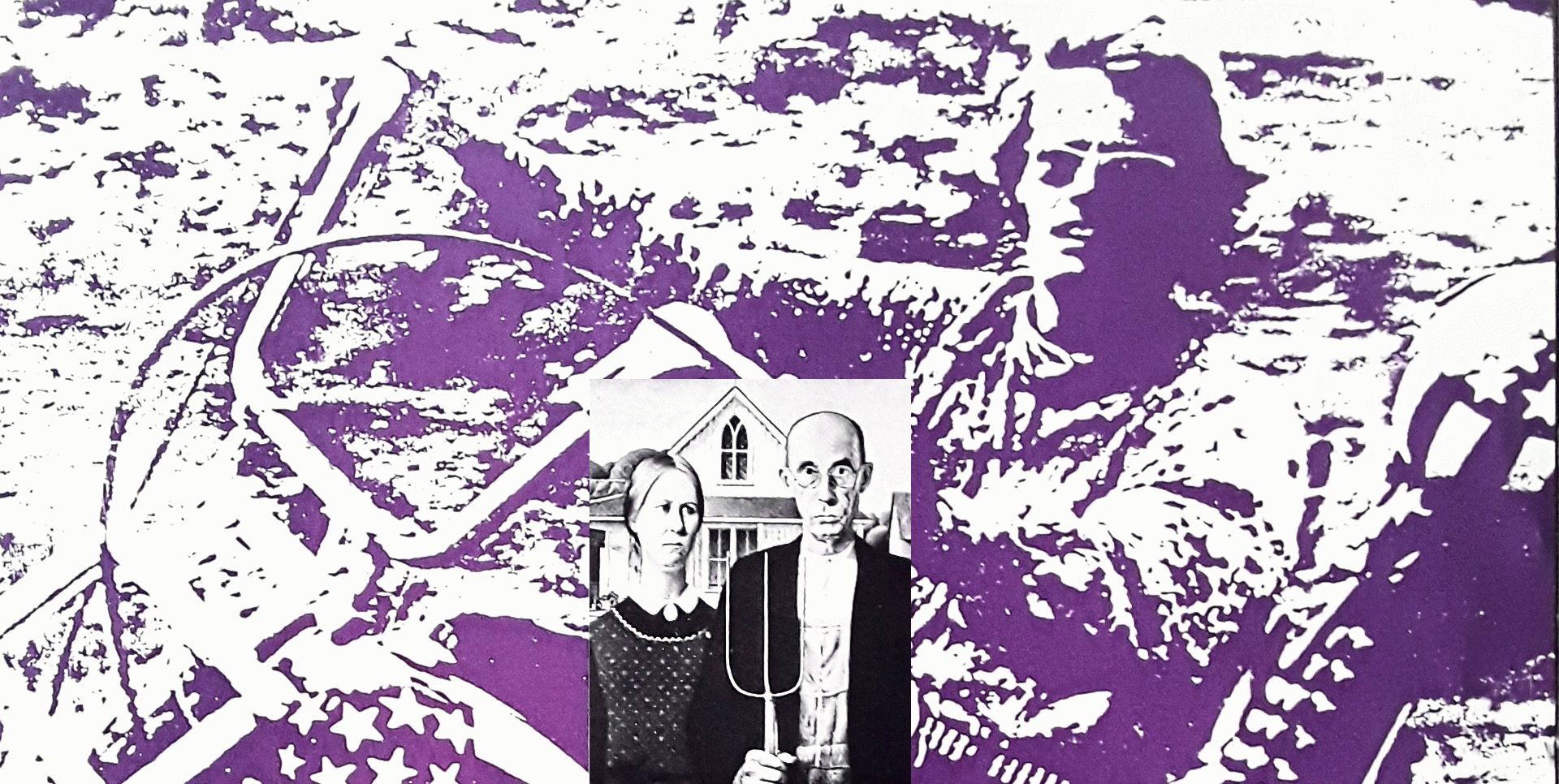On 12 October 1972 a group of EINA professors, students, partners, and friends embarked on a trip to the USA including visits to San Francisco, Las Vegas, and Los Angeles.
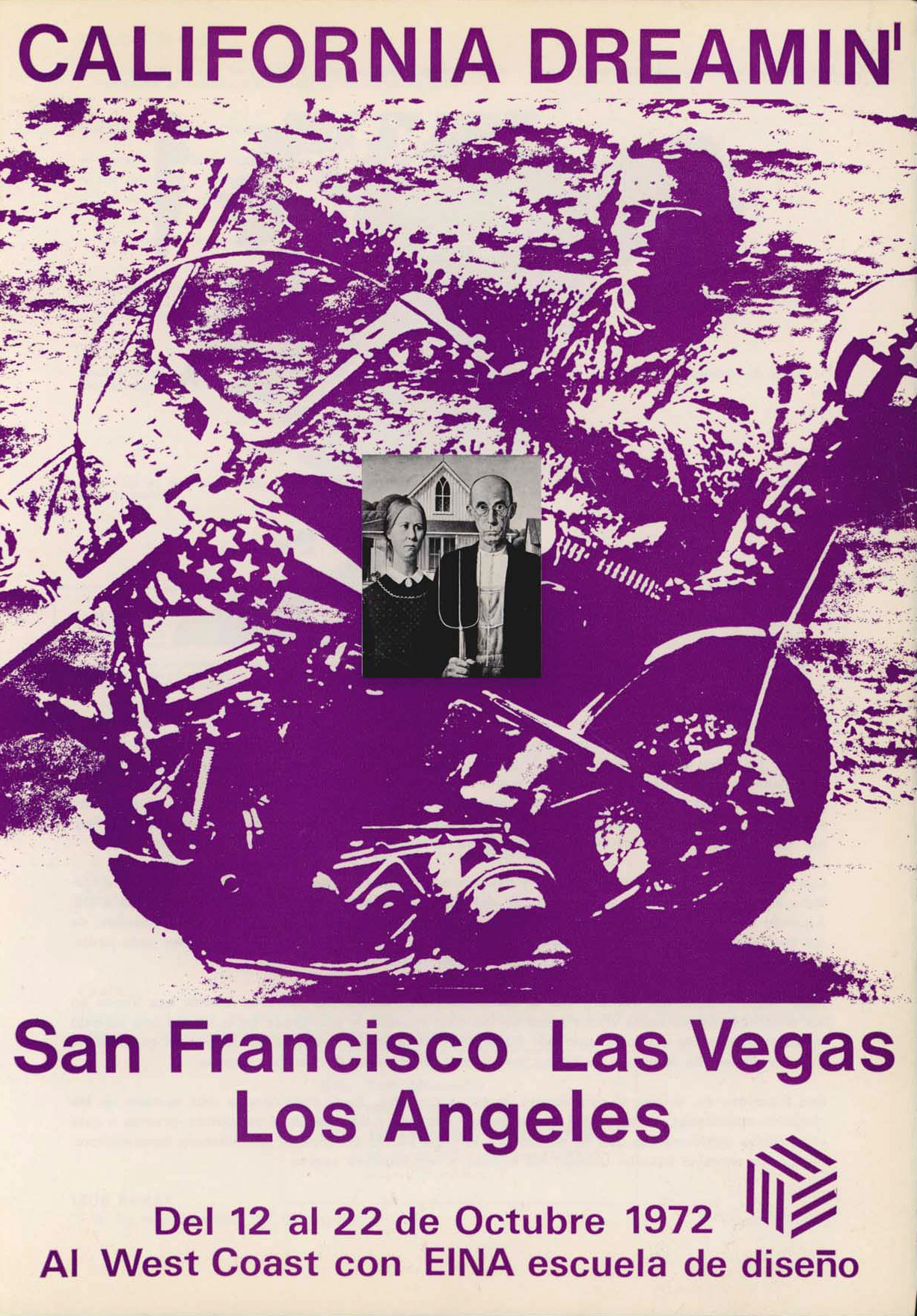
The handmade program, designed by Toni Miserachs, was based on a lilac poster from the film Easy Rider (1969) directed by Dennis Hopper and featuring performances by Jack Nicholson and Peter Fonda. A black and white photograph of the farmers in Grant Wood's painting American Gothic (1930) was superimposed on the poster.
The trip was personally planned by Xavier Sust and Jaume Serra, director of Aerojet, the brand-new travel agency on Carrer Casp in Barcelona, and designed by Studio Per.

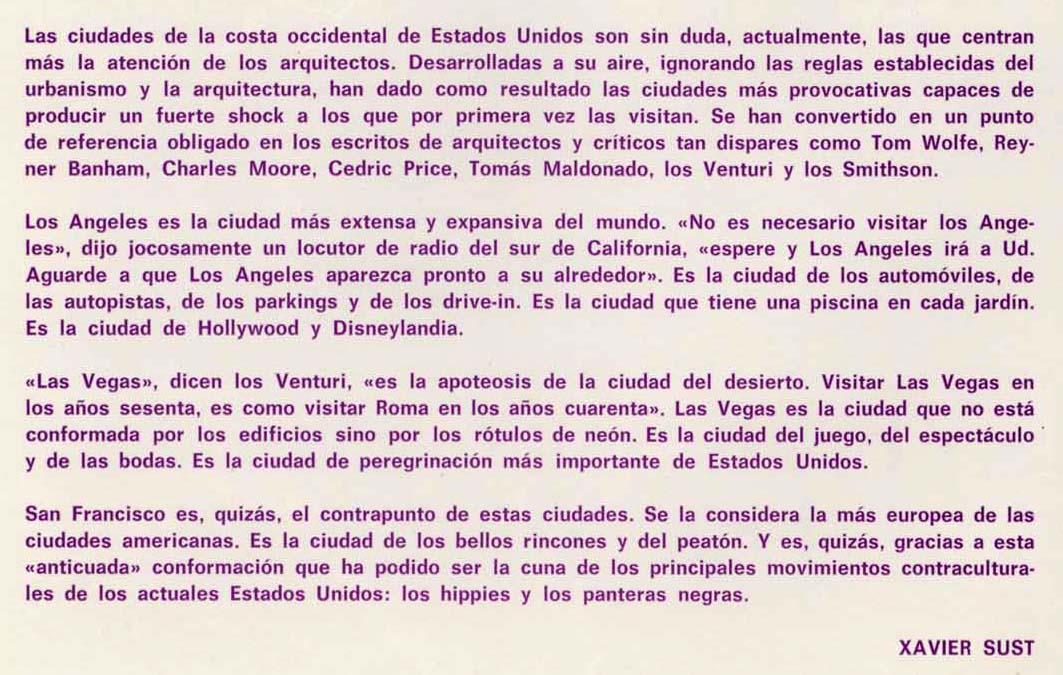
The cities on the West Coast of the United States are undoubtedly the places where architects focus the most attention nowadays. Developed according to their individual whims and leaving aside the established rules in urban design and architecture, the architects’ works have resulted in more provocative cities that can profoundly shock visitors who view them for the first time. They became a mandatory point of reference for writings by architects and critics as diverse as Tom Wolfe, Reyner Banham, Charles Moore, Cedric Price, Tomás Maldonado, the Venturis, and the Smithsons.
Los Angeles is the world’s biggest and most expansive city. “You don’t have to visit Los Angeles,” stated a southern California radio DJ playfully, “just wait and Los Angeles will come to you. Hold on, and Los Angeles will soon appear around you.” It’s the city of automobiles, highways, parking lots, and drive-ins. It’s the city with a pool in every yard. It’s the city of Hollywood and Disneyland.
“Las Vegas,” according to the Venturis, “is the apotheosis of the desert city. Visiting Las Vegas in the 1960s is like visiting Rome in the 1940s.” Las Vegas is a city that isn’t composed of buildings, but of neon signs. It’s the city of gambling, shows, and weddings. It’s the most important pilgrimage site in the United States.
San Francisco provides, perhaps, the counterpoint to the other cities. It is considered the most European of American cities. It’s a city with gorgeous places, designed with pedestrians in mind. And it is, perhaps, thanks to this “old world” structure that it has become the birthplace of the leading counterculture movements in the United States today: hippies and Black Panthers.
One of the groups that took part in EINA's journey was formed by Pep Alemany and his pregnant wife Camila, Isabel Arnau, Lluís Cantallops, Agustí Coll, Marta Dalmau, Mossen Dalmau, Maria Girona, Camila Jubert, Xavier Olivé, Josep Ponsatí, Baltassar Porcel, Albert Ràfols and Pep Bonet and his partners of Estudi Per, who coins the promotional phrase: "To the West Coast with EINA".
For many of the participants it was the first time they had crossed the Atlantic, as retold by Pep Alemany. Representing EINA, Alemany was in charge of booking the chartered aircraft with TWA. The flight landed in Pittsburgh, Pennsylvania. The customs formalities for entering the USA were handled there, then the onward journey to San Francisco continued.
The tour of San Francisco City included a visit to the V. C. Morris gift shop on Union Square, designed by architect Frank Lloyd Wright in 1948. Participants also visited the Oakland Museum of California, designed by architect Kevin Roche. Across the Golden Gate Bridge, the journey continued in Sausalito, a hippie enclave in the San Francisco Bay area of Marin County. A huge Plymouth car – nearly six meters in length – was rented to make the tour. Pep Alemany explained that one night he went out all alone to drive around Los Angeles in the Plymouth, simply for the pleasure of cruising along in it.
From San Francisco, the journey to Los Angeles continued via the town of Carmel in the Big Sur region, with a stop at the residence of William Randolph Hearst, the journalism magnate who inspired Orson Welles for the film Citizen Kane (1941).
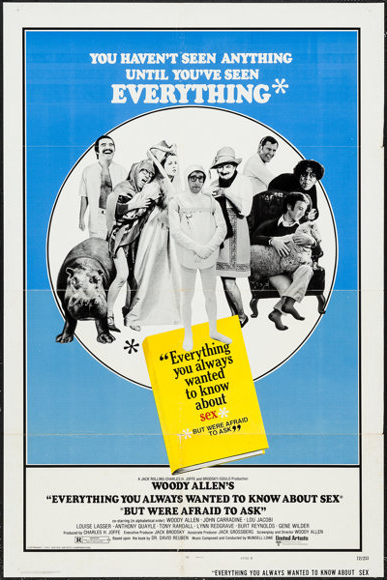
In Los Angeles, the EINA group drove along Sunset Boulevard and observed the Hollywood neighborhood from afar. They also took the opportunity to visit other works by Wright, then went to see the Woody Allen film Everything You Always Wanted to Know About Sex* (*But Were Afraid to Ask) in a cinema forty kilometers from the city. The group spent the night at the Ambassador Hotel that evening, the same place where Robert Kennedy had been assassinated four years earlier.
The next stop was San Diego, where the participants visited the Salk Foundation, named in honor of the discoverer of the polio vaccine, located in a building designed by Louis Kahn. This was followed by a visit to Disneyland. Upon leaving the theme park, the group took the opportunity to visit Tijuana in Mexico.
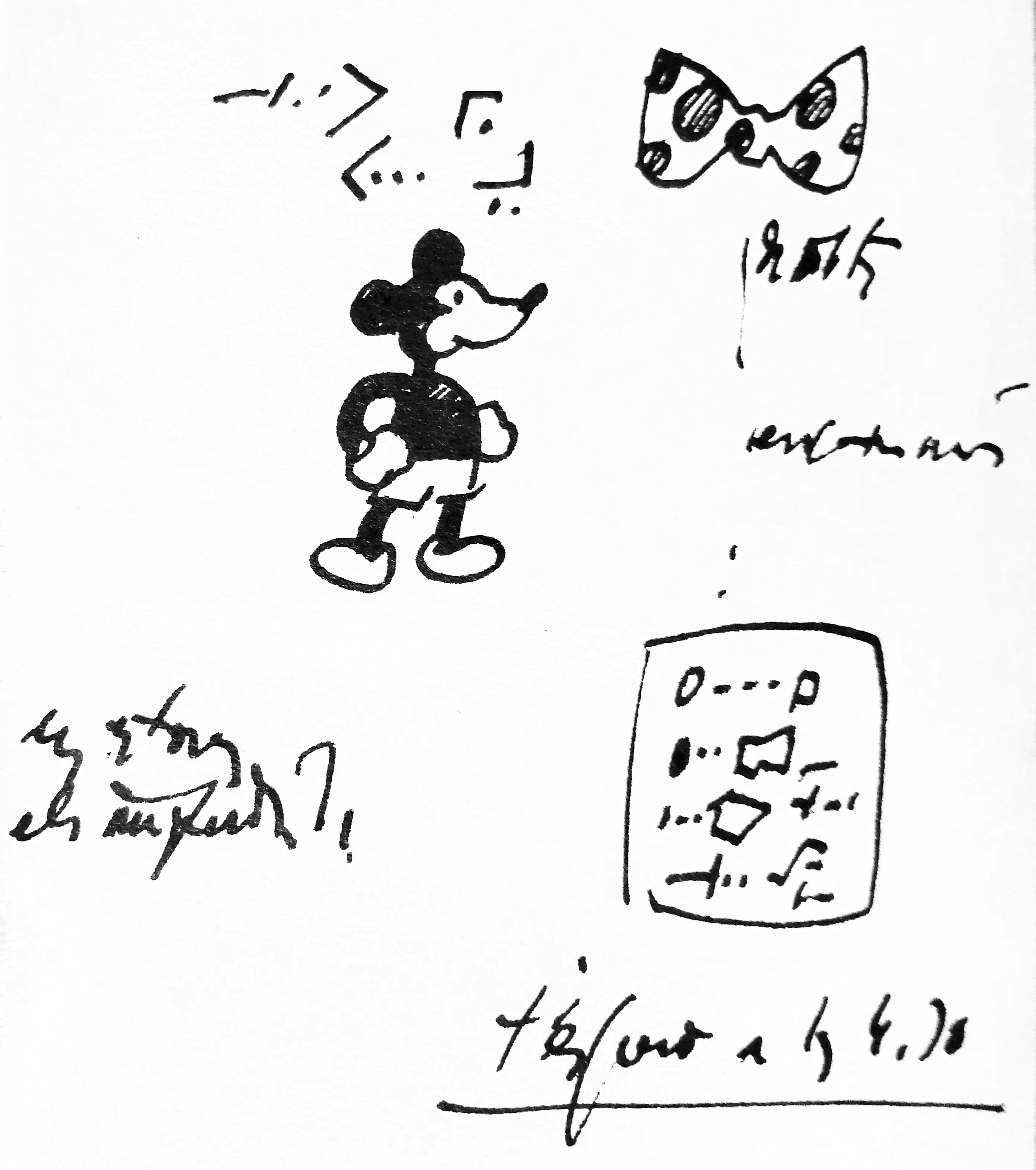
Albert Ràfols Casamada (Notes nocturnes, Edicions 62, 1975)
The journey to Las Vegas began the following day. The group passed through the Mojave Desert, where Death Valley National Park and Zabriskie Point are located, as well as through a semi-abandoned mining town in which there was a work by Robert Venturi that they could not identify.
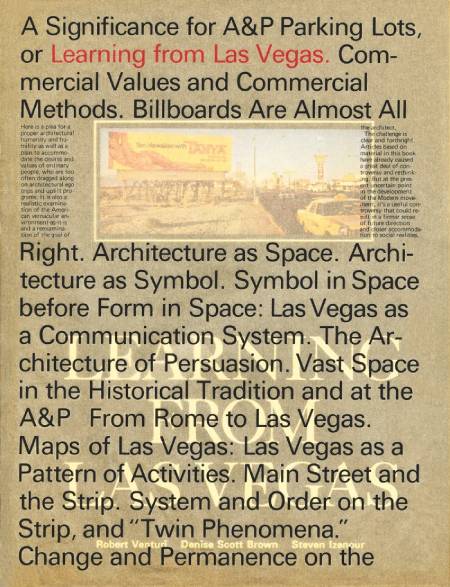
Learning from Las Vegas (MIT Press, 1972).
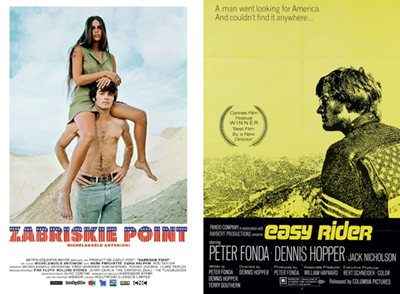 .
.
The trip was heavily influenced by American road movies of the era such as Easy Rider (1969) and Zabriskie Point (1970) by Antonioni. The soundtrack composed by Pink Floyd for the film More provided the background music for the journey.
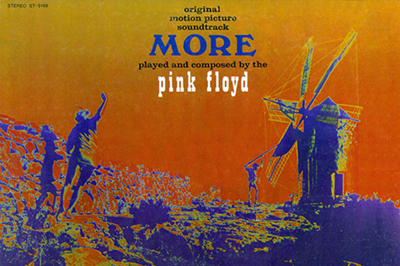 .
.
The group stopped off at a saloon in an authentic mining village in a western town. This authenticity was brought to life as the saloon was full of WANTED posters with photographs of criminals. Everyone ordered a whiskey, but the barmaid wouldn't serve drinks to Pep Alemany (thirty-two years old) or Marta Dalmau (around thirty) because she thought they might be minors.
Once in Las Vegas, they lodged in the El Riviera Hotel and Casino. Everyone played roulette and bet twenty dollars each. They started off on a winning streak, but ended up losing it all. Meanwhile, the actress and singer Liza Minelli appeared next to them, arguing with a guy they couldn't quite place but who looked like George Segal. The casino tour concluded with a visit to Caesar's Palace.
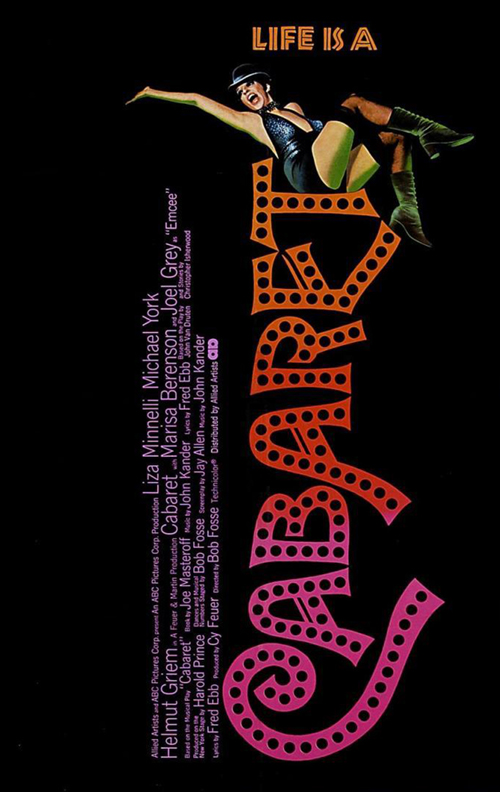
Liza Minelli starred in a Cabaret show at one of the Las Vegas casinos.
The trip ended with this visit to the city of Las Vegas, which didn't seem as interesting to the group as Robert Venturi had claimed. Then they returned to Los Angeles, passing through Yosemite National Park, and flew back towards Barcelona over the Grand Canyon which they were finally able to see from afar.
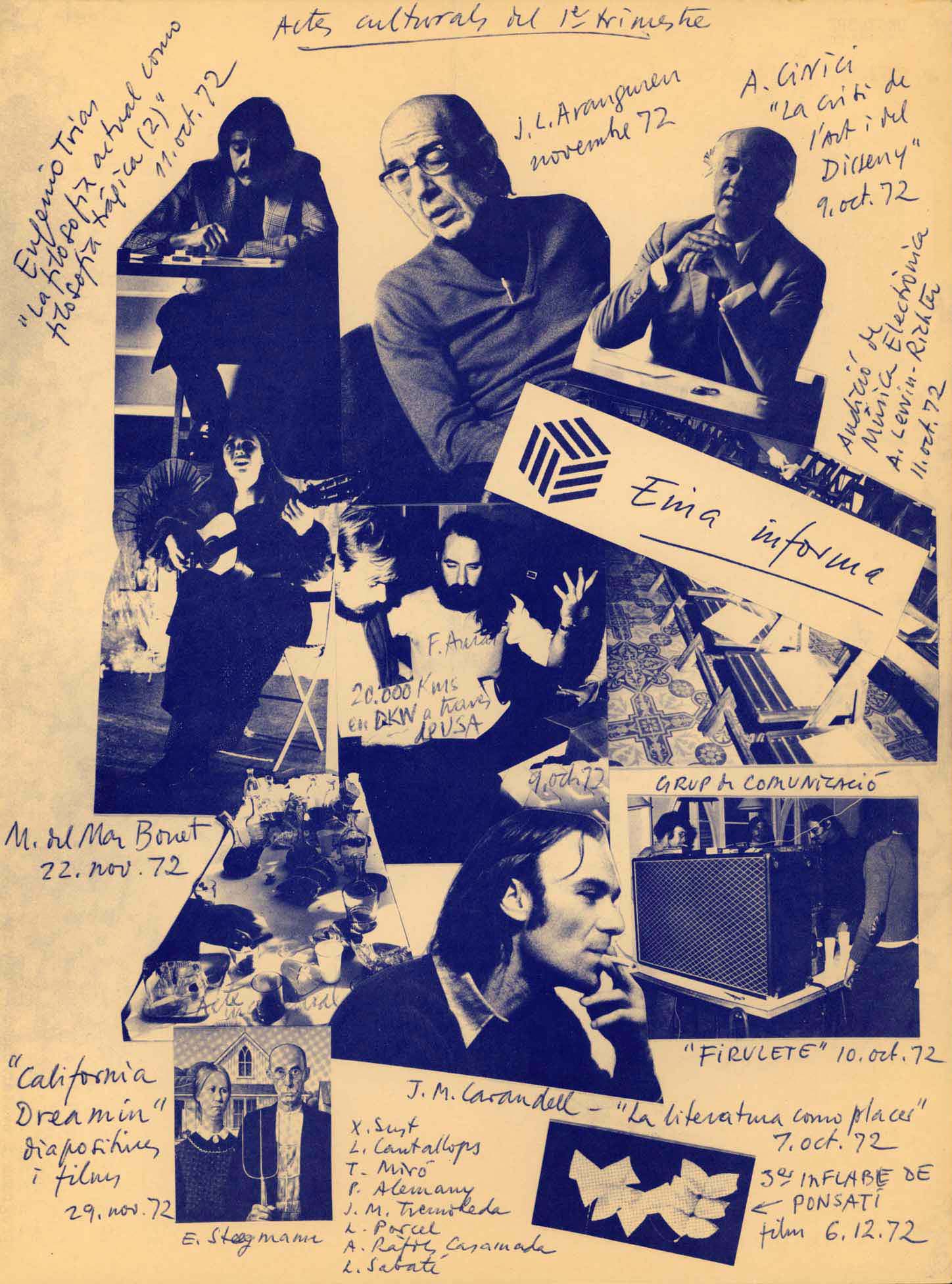
Poster design by Xavier Olivé with handwritten text by Albert Ràfols.
On 29 November 1972, EINA held an event to showcase the journey, entitled California Dreamin: slides and films, featuring participation by Xavier Sust, Pep Alemany, Lluis Cantallops, Toni Miró, Lluis Porcel, Josep Maria Tremoleda (the founder of 114 and an EINA professor between 1994 and 1996), Albert Ràfols Casamada, Lluis Sabaté, and Enric Steegmann.
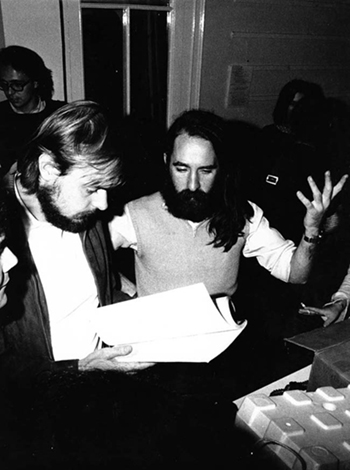
The wild idea about taking a trip to the USA and travelling around the country in a DKW van was highlighted in the presentation Fernando Amat gave, entitled 20,000 km in a DKW across the USA. In another session, EINA professor Jordi Galí also recounted his experience on the trip to the USA.
